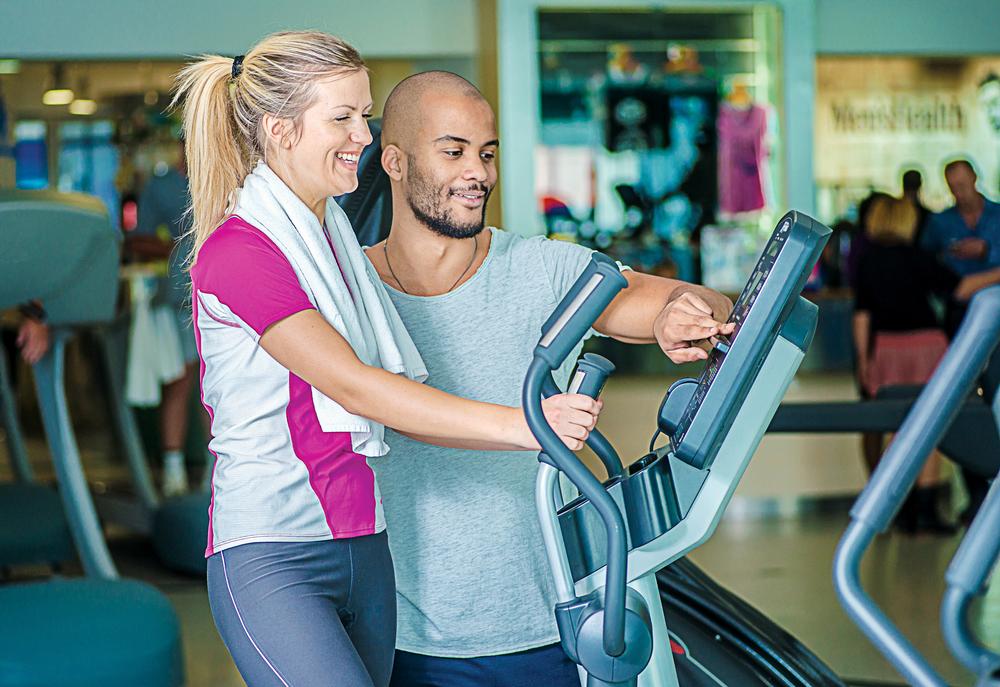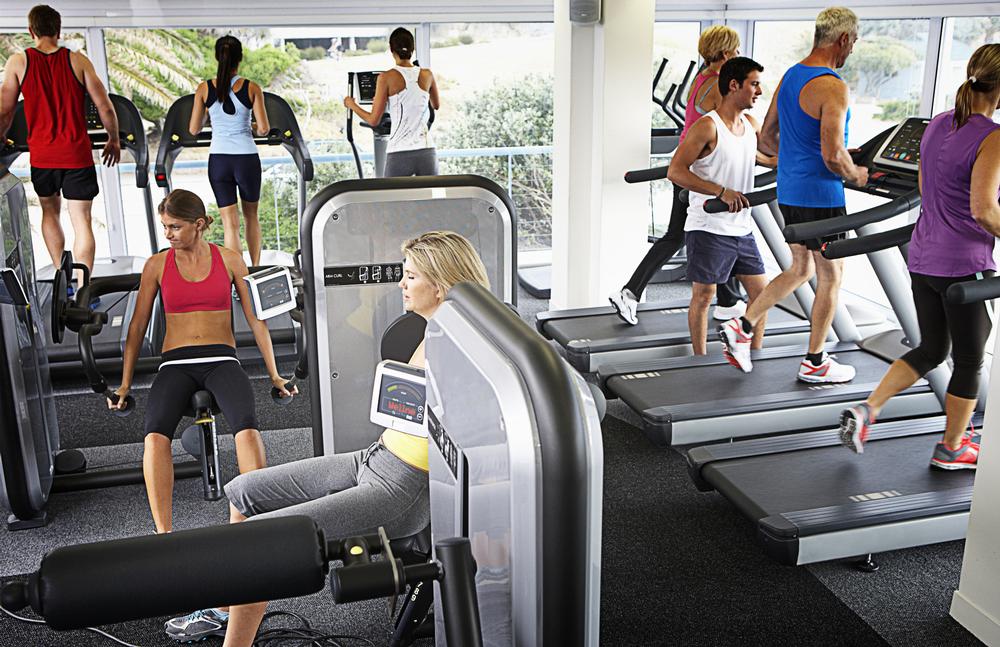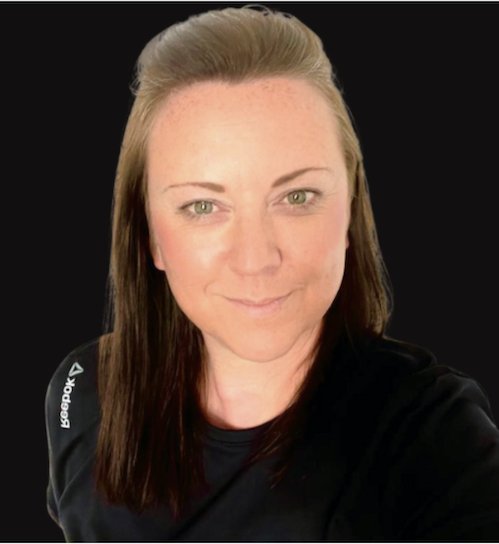Walt Disney once said: “Do what you do so well that they’ll want to see it again – and bring their friends.” In any industry – and the competitive health club industry is no exception – knowing how to get your customers returning and bringing along their friends is vital.
But how do you build this type of loyalty? Research has found that, while having satisfied customers is a necessary element of this process, it isn’t on its own sufficient to build customer loyalty. Customer loyalty goes one step further, involving a commitment from the customer to make a sustained investment in an ongoing relationship with a brand.
Customer loyalty is reflected in a combination of behaviours and positive attitudes about a brand. One such behaviour is providing a recommendation to other potential customers, resulting in additional business for the brand. Indeed, research has consistently shown that customer loyalty is a primary driver of business growth; this is the insight on which NPS (Net Promoter Score) is based.
Meanwhile, dissatisfied customers will walk away from the brand – unless they’re trapped by a lack of alternatives or high barriers to leaving – and if they’re extremely dissatisfied, they will also give negative feedback or reviews to others, damaging the brand’s reputation.
With this in mind, we sought to find answers to two essential questions. Firstly, what is it that’s currently dissatisfying customers? And secondly, what will help to grow customer loyalty?
Towards brand loyalty
In 2015, we analysed over one million Listen360 member surveys (see ‘Listen up!’ briefing, below) to identify positive and negative mentions of touchpoints (places or processes where customers interact with the brand, such as ‘the facility’) and attributes (qualities or characteristics such as ‘cleanliness’, for instance).
Touchpoints and attributes work to create an attitude or emotion about the brand, which in turn drives consumer behaviour in the form of loyalty. Our analysis therefore categorised touchpoints and attributes into one of three types: barriers, delighters or key drivers.
Barriers are minimal expectations that dissatisfy customers if performed poorly, but don’t have any positive effect on customer loyalty if performed well. One example would be clean bathrooms: this is a minimal expectation which if not met causes customer dissatisfaction. However, clean bathrooms won’t be the reason your customers recommend you.
Delighters are the wow factors that aren’t expected by customers. They improve customer loyalty when performed well, but if absent or not performed well, there’s no damage done. An example might be an unexpected giveaway, such as a free class or a flower on Valentine’s Day. The delighters are your brand’s differentiators that will make you stand out above the competition.
Key drivers work both ways: when not performed well, customers will be dissatisfied; when performed well, customer loyalty will increase.
As an example, consider the quality of an exercise class. If the instruction is poor and the class is boring, your customers will be disappointed and probably won’t return. However, if the instruction is excellent and the class enjoyable, customers will want to return and share the experience with their friends.
So why categorise the touchpoints and attributes of the experience? Because knowing which elements of the experience fall into each category is helpful for prioritising your club’s operational decisions, as well as effectively managing your resources.
With barriers, only a minimally acceptable level of performance is required to prevent dissatisfaction – spending any more on barriers would not be appreciated by customers and would be a waste of time and money. With key drivers, your performance needs to be on-target with customer expectations, and with delighters you should aim to over-perform in order to generate positive feelings and promote your brand.
Identifying members’ minimum expectations
Our analysis identified ‘too small, cramped/crowded’ and ‘too expensive/not good value’ as the most common barriers across the various segments. For class-based/boutique segments, other issues such as ‘late to start/poor use of time’, ‘no or limited availability’ and ‘inflexible/restrictive’ emerged as attributes causing dissatisfaction among customers.
Large clubs have a different set of barriers that include elements of the physical environment – changing rooms, showers, and temperature/air flow issues – as well as elements of the customer relationship such as issue resolution, communication and payment/direct debits.
Make sure you know which elements of the customer experience are deal-breakers in your segment (see Figure 1, p73) and ensure that those elements are delivered to the minimum expected standard. If not, you’ll have a whole raft of dissatisfied customers who could potentially harm your brand.
What wows customers?
Friendliness is what delights many customers across a variety of club formats (see Figure 2, p73). Other common delighters include the employees/staff and the atmosphere/environment.
Meanwhile, being enjoyable and having plenty of variety/options delight customers in the yoga, boutique, children’s programmes and small to medium-sized health club segments.
Again, large health and fitness clubs differ from the other six segments. For this segment, customers are delighted by the facility/space, helpfulness, convenience, warm/welcoming/inviting feeling, and the club being easy to use.
These are the areas in which you can focus your efforts to really make your club or studio stand out from the crowd.
In the balance: prioritising the key drivers
In our analysis, two crucial touchpoints emerge as the most common key drivers across the segments, and these really are the raison d’etre of the health and fitness industry: the personal trainers/instructors/coaches and the lesson/class/workout (see details in Figure 3).
For the large health clubs, which are less class-based and more self-designed, the top key drivers are cleanliness, the employees/staff, equipment, staff friendliness and spaciousness.
Consistently good performance on these key drivers is necessary – and ultimately rewarding. Get it wrong and face the consequences.
Connecting the dots
So how are the different elements of the customer experience related?
In the second part of our analysis, we looked at the relationship between the critical touchpoints and attributes, both in terms of what contributes to a negative experience and what contributes to a positive experience.
Using an analysis of small to medium-sized clubs as an example, we can begin to understand how the dots connect for customers (see Figures 4 & 5, p74).
In these figures, the size of the bubble represents the frequency of mentions (bigger bubbles mean more people mentioned it), while bubble proximity is linked to the co-occurrence of mentions (closely positioned means they were more likely to be mentioned together).

























































